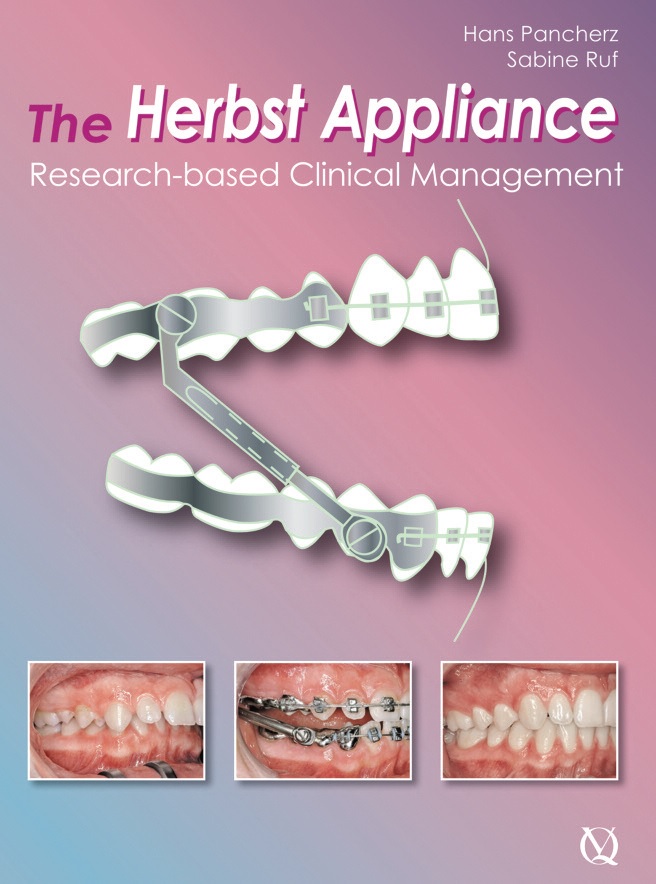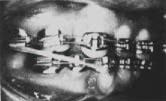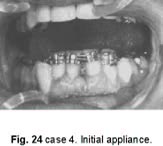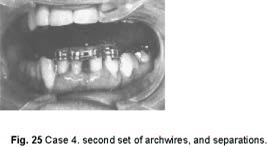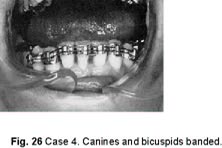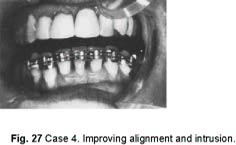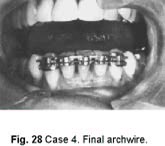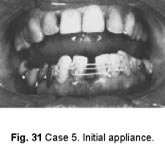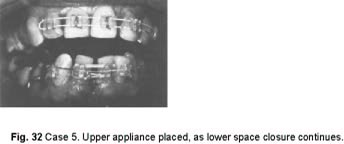HANS PANCHERZ, DDS, OD, FCDS(Hon.)
SABINE RUF, DDS, DMD
280 pages, 1,089 illustrations. $198. 2008.
Quintessence Publishing Co., Inc.
4350 Chandler Drive
Hanover Park, IL 60133
(800) 621-0387
www.quintpub.com
Hans Pancherz and Sabine Ruf have been leaders in Herbst research and practice for many years. This comprehensive overview of the Herbst appliance, including fabrication, clinical application, and evidence-based research, is a valuable addition to the orthodontic specialty.
The 26 chapters cover every aspect of the appliance, beginning with its historical background. Chapters 3 to 5 discuss construction and clinical management, referring to experimental studies on bite jumping. The banded, crown, and cast-splint Herbst appliances are described in detail.
Chapters 6 to 16, on the effects of the Herbst appliance, are especially pertinent and informative because the authors can claim more than 90 publications between them. They conclude that "even if the Herbst treatment seems not to have any decisive long-term influence on mandibular growth and morphology, the increase in mandibular length at the time of treatment is most important for the correction of the existing Class II malocclusion during that period."
Treatments of various types of malocclusions are described, with case examples, in Chapters 17 and 18. Evidence is cited to show that all types of Class II malocclusions, including hyperdivergent patterns, can benefit from Herbst treatment. The book concludes with sections on anchorage problems, treatment indications, treatment timing, and complications. Especially interesting is Chapter 23, "Treatment of adults--an alternative to orthognathic surgery".
This text achieves its aim as a comprehensive work on Herbst appliance therapy. The excellent illustrations and charts make the research findings easy to comprehend. Students and experienced clinicians alike will appreciate how this book summarizes the history, fabrication, and theoretical basis of the Herbst appliance under one cover.
MICHAEL B. ROGERS, DDS
Similar articles from the archive:
